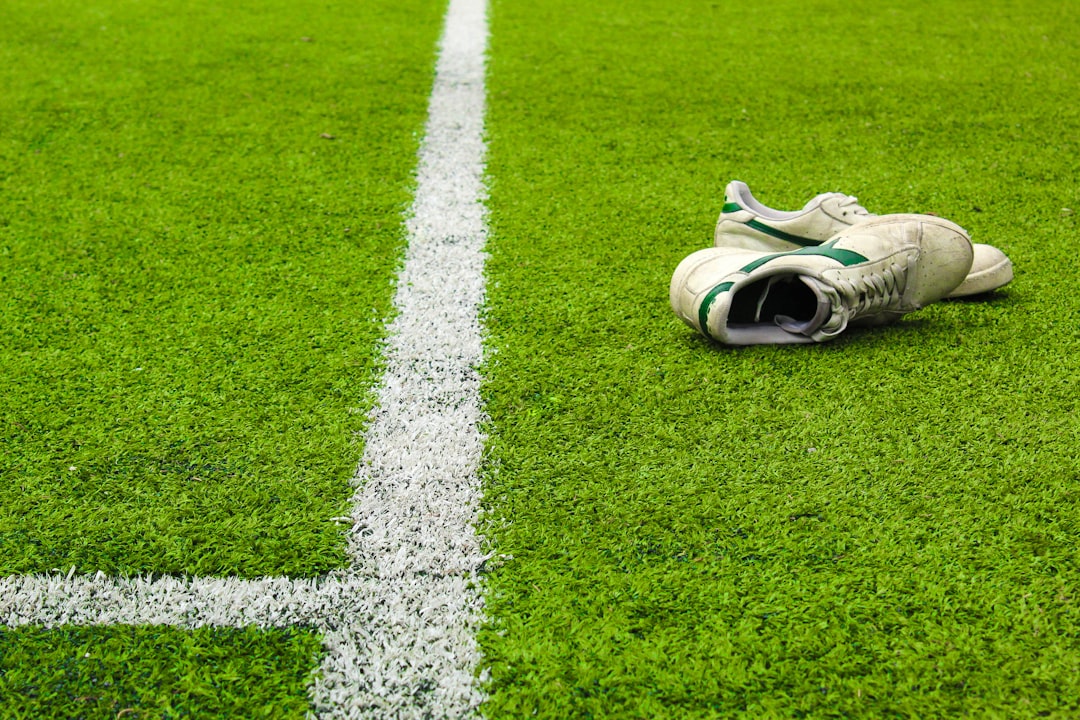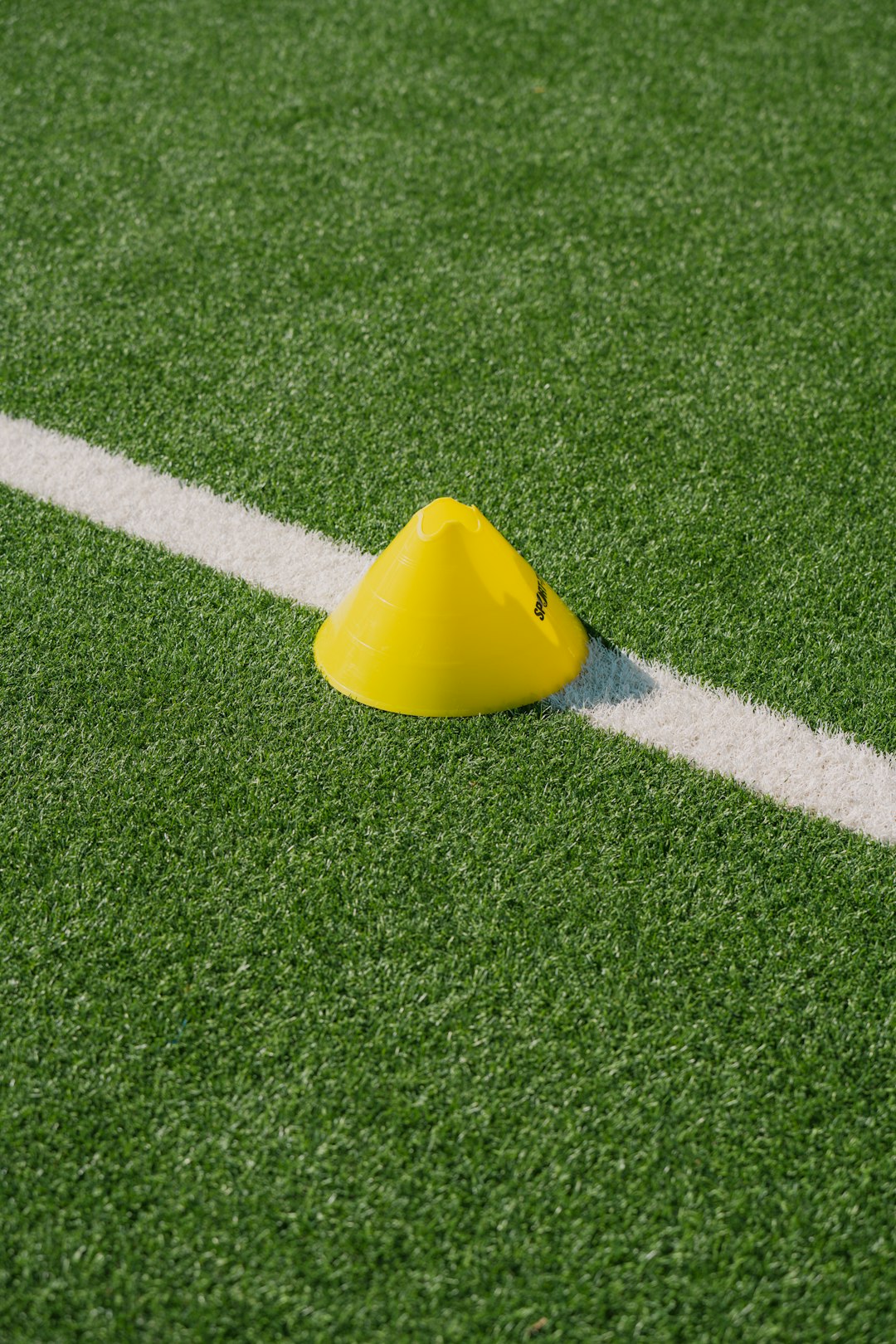American football is a dynamic and complex sport, rich with rules and regulations that govern how the game is played. Among the more technical aspects of football are penalties that occur at the line of scrimmage before the snap, including offsides, neutral zone infractions, and encroachment. These infractions may seem similar to the untrained eye, but each has distinct characteristics and implications. Understanding the differences between these penalties is essential for players, coaches, and fans alike.
Understanding Offsides
Offsides occurs when any player on the defensive team crosses the line of scrimmage and makes contact with an offensive player or has an unabated path to the quarterback before the ball is snapped.
In most cases, the key components that constitute offsides are:
- The defensive player crosses the line of scrimmage pre-snap.
- No contact is required, but if the defensive presence causes a clear advantage or action, the play is stopped.
- The play is immediately whistled dead, and a 5-yard penalty is assessed against the defense.
An offsides penalty is relatively common, especially among aggressive defensive linemen trying to anticipate the snap count. While it may cost a team only five yards, repeated infractions can hinder defensive momentum and provide valuable yardage to the offense.

Neutral Zone Infraction
The neutral zone is the space that spans the length of the football from sideline to sideline and separates the offense and defense pre-snap. A neutral zone infraction happens when a defensive player enters this area before the snap and causes an offensive lineman to move early in reaction. This penalty is designed to prevent defensive players from using deceptive movements to draw false starts from the offense.
Key Characteristics of a Neutral Zone Infraction:
- The defensive player enters the neutral zone before the snap.
- The offensive player reacts to the defensive movement, leading to a false start.
- Unlike offsides, movement from the offensive side is what triggers the foul.
- The result is a 5-yard penalty against the defense and a stoppage of play.
This rule protects offensive teams from being goaded into mistakes by defensive trickery. Coaches often instruct players to watch the ball, not the opponent, but even seasoned linemen can flinch under pressure.
Encroachment Explained
Encroachment is another pre-snap penalty that applies mainly to the defense. It occurs when a defensive player physically crosses into the neutral zone and makes contact with an offensive player, or is clearly lined up in the neutral zone before the play begins, and the officials recognize it.
There are two main types of encroachment:
- Contact-based encroachment, where a defender makes physical contact with an offensive player before the snap.
- Positional encroachment, where a defender is lined up in the neutral zone and does not correct their position before the snap.
Encroachment results in the same penalty as offsides—5 yards against the defensive team—but differs in how it’s identified. Referees look for physical indicators or player position to call encroachment, even when no offensive response occurs.

Comparing the Three Infractions
While offsides, neutral zone infractions, and encroachment may all appear to involve the defense crossing the line early, their impact and definition are different. Here’s a quick comparison to highlight the nuances:
| Penalty | Trigger Action | Result | Penalty Yardage |
|---|---|---|---|
| Offsides | Defender crosses line before snap and causes reaction | Play is whistled dead | 5 yards against defense |
| Neutral Zone Infraction | Defender causes offensive player to move early | Play is whistled dead | 5 yards against defense |
| Encroachment | Defender crosses into or lines up in neutral zone and contacts offense or is spotted by official | Play is whistled dead | 5 yards against defense |
Why These Rules Matter
Pre-snap penalties like these are enforced to ensure fairness, discourage premature movement, and maintain the integrity of the snap. They have a significant impact on field position, game tempo, and can even shift momentum. For instance, a 3rd and 4 situation turning into 1st and 10 due to a defensive infraction can dramatically change a drive’s outcome.
Coaches emphasize discipline, situational awareness, and communication in practice drills to minimize these infractions. Likewise, officials are trained to distinguish between these subtle pre-snap fouls to apply the correct penalty.
Impact on Game Strategy
Offensive coordinators often vary the snap count with the hope of drawing the defense into committing one of these infractions. Hard counts—a sudden increase in the quarterback’s vocal cadence—are a prime method for this. A well-timed hard count can grant the offense a free five yards or even a “free play” if the officials don’t stop the play immediately.
On the other side of the ball, defenders are taught to focus on the center’s hands or the motion of the football to avoid jumping early. Veteran coaches drill their teams on snap discipline, particularly when playing in loud stadiums or on critical downs.
Concluding Thoughts
While offsides, neutral zone infractions, and encroachment may appear similar, each has its own unique stipulations and consequences. Mastering the difference between them is critical for anyone involved in the game—from players and coaches to fans and analysts. As subtle as these penalties are, they can be game-changers when called at key moments. Understanding these rules not only enhances how one appreciates football, but also deepens the strategic insights behind each snap.
Frequently Asked Questions (FAQ)
- Q: What’s the main difference between offsides and encroachment?
- A: Offsides typically does not involve physical contact and can occur due to premature movement alone. Encroachment often involves contact with an opposing player or being physically positioned in the neutral zone.
- Q: Is a neutral zone infraction always caused by a defender?
- A: Yes. The infraction occurs when a defensive player causes an offensive player to false start by entering the neutral zone.
- Q: Can these infractions ever result in a “free play”?
- A: In certain situations, especially in the NFL, an offsides penalty may not cause the play to be whistled dead, giving the offense a chance to run a free play with a risk-free opportunity to attempt a big play.
- Q: Do these penalties ever apply to offensive players?
- A: No. These penalties are specific to defensive violations. Offensive players have their own set of infractions, such as false starts or illegal motion.
- Q: How can teams avoid these penalties?
- A: Through disciplined practice, clear communication, and an emphasis on watching the ball instead of reacting to sound or movement, teams can reduce the likelihood of committing these pre-snap errors.
